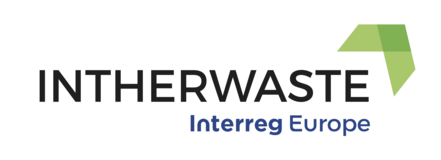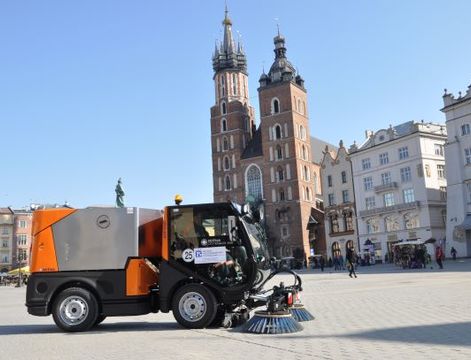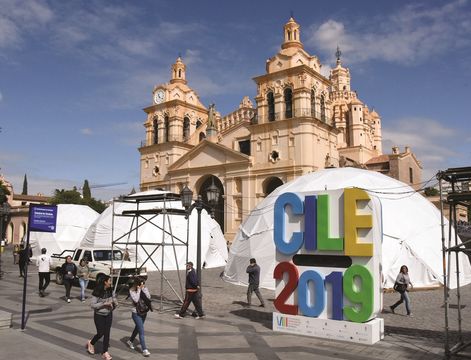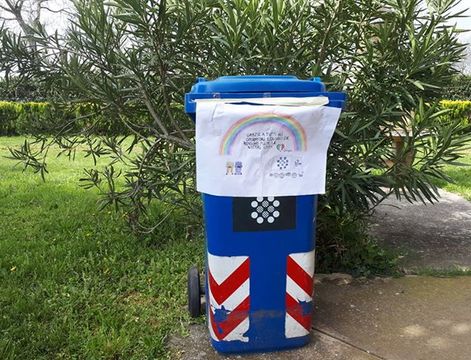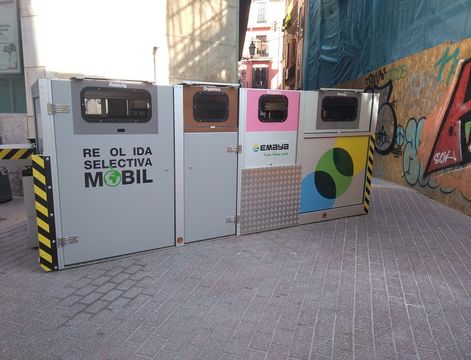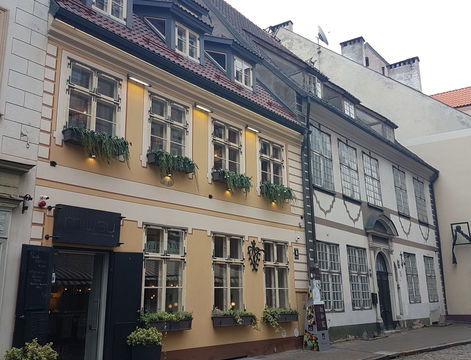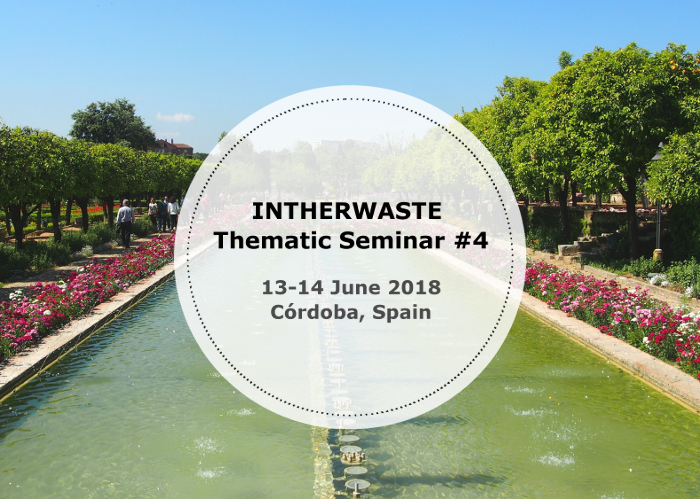The INTHERWASTE project explores the integration of the systems for waste management within the singular environments of Heritage Cities. Currently, the systems to deposit waste are not integrated into the urban structure of cities. A newly-published comparative analysis sets out to map partner cities’ waste management in Heritage City Centres.
While the set of supplies concerning electric power, gas, water, communications, as well as the evacuation of wastewater are planned as part of any modern city urban development, the evacuation of municipal waste from households and businesses is left aside from the urban planning. As a result, this evacuation is organised by each municipality on the basis of their own technical studies and, sometimes, on the basis of present trends or different business influences.
Accordingly, we can find systems consisting of bags deposited directly on the pavement beside systems consisting of different types of containers scattered around the city, where citizens go to deposit their waste.
The present system in force concerning the sales of food and consumer goods brings with it the transfer of responsibility concerning the waste produced from the producers of the goods to the consumers and finally from the consumers to the whole of society, through the public services.
Thus, the producers and manufacturers sell goods, presented to the consumer in most cases with aesthetic and commercial criteria, whose consumption produces significant amounts of waste the consumer becomes responsible for. The consumer deposits derived waste in the public space – in a more or less regulated way – thus transferring the responsibility for that waste to the municipality, which ultimately becomes responsible for its collection, transport and final destination.
With the “polluter pays principle” (established in the Directive 94/62/CE), EU regulation has determined the responsibility of producers, packers and distributors over the generation of waste from packaging. However, the producer’s responsibility principle has not been fully applied in the urban waste field, the public space remaining a common place for its final disposal.
The exchanges produced in INTHERWASTE have led to agreement that the different regulations and specifically those of regional and local scope should observe the following principles:
- The establishment of economic procedures ensuring the defraying of the costs derived from appropriate waste management of municipal scope. In this regard, it would seem appropriate that the different administrations would introduce a “pouring canon” of applicability on the basis of the amount of municipal waste deposited in landfills. Such a canon could significantly contribute to the reduction of the amount of waste landfilled and to the promotion of efficient policies for waste management.
- Effective application of the Extended Producer Responsibility to all EU countries and regions. The Waste Directive (1) establishes the obligation to collect the different fractions separately, and the producers’ responsibility concerning the costs deriving from the management of this waste. However, regulation embracing all the materials in urban waste is not fully developed yet.
- The application of the Producer Responsibility Principle (polluter pays) upon the deposit of urban waste, promoting waste temporary storage in the producers’ private spaces, until it is collected by the authorised responsible organisation. This approach would improve the present situation, almost exclusively consisting of waste systematically deposited in the public space. It would also contribute to clear the streets of waste, diminishing this negative impact which is of specific importance in World Heritage Cities.
Given the complexity of adapting already existing buildings in the historical city centres to provide temporary stores for waste, policies should define how to introduce effectively these principles and determine clearly their entrance into force both in new buildings and when refurbishments take place. It is also crucial for neighbours, businesses or any other activity located in historical centres to have either individual or pooled spaces suitable for the deposit of waste, so that it is removed from the public space. - The promotion of the deposit and return system. Although such systems are included in EU Directives and national regulations as suitable procedures contributing to waste reduction, their application is not widespread and it is questioned in some countries. The promotion of this system through businesses themselves or through automated elements collecting packaging and providing funds in return is considered especially interesting to reduce waste, as long as these devices are installed in interior spaces and not in the public space.
(1) Directive (EU) 2018/851 of the European Parliament and the Council of 30th May 2018 which modifies Directive 2008/98/CE about waste
